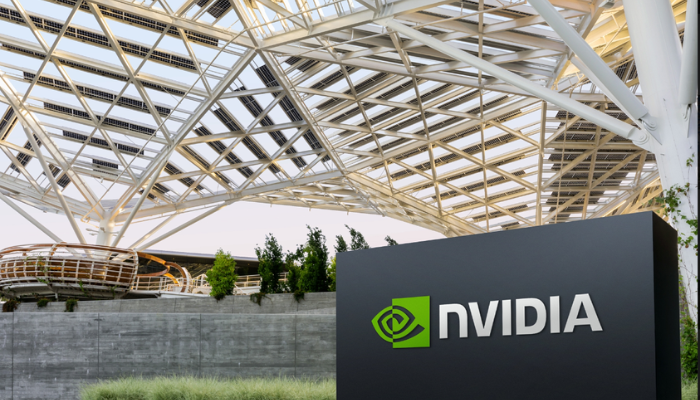NVIDIA has done it again with the new B300 series and RTX5090, delivering groundbreaking advancements in AI computing. These products are shaping up to be the next game-changers in AI technology. Let’s break down what makes them stand out and how they redefine performance.
What Makes the NVIDIA B300 Special?
The B300 series, based on NVIDIA’s Blackwell architecture, offers major upgrades that push the boundaries of AI computing. Even though it doesn’t leap to a new architecture generation, the B300 achieves remarkable performance improvements through several innovations:
Key Improvements in the B300 Series
- Advanced Chip Manufacturing
- The B300 uses TSMC’s 4NP process, just like the B200, but features an all-new chip design. This ensures better efficiency and enhanced performance.
- Increased Power
- TDP Upgrades:
- GB300: 1.4KW (up by 0.2KW compared to GB200)
- B300 HGX: 1.2KW (also a 0.2KW increase)
- This increase in power allows for higher computational throughput, making it ideal for demanding AI applications.
- TDP Upgrades:
- Dynamic Power Allocation
- Smarter energy management between CPU and GPU ensures maximum performance without unnecessary power wastage.
Elon Musk’s xAI Secures $6 Billion in Series C Funding, Backed by NVIDIA and AMD
Enhanced Memory Capabilities
Another standout feature of the B300 series is the upgraded memory:
- From 8-layer stacked HBM3E to 12-layer HBM3E (12-Hi configuration)
- Memory capacity jumps from 192GB to 288GB
- Memory bandwidth remains at a robust 8TB/s
These upgrades significantly improve performance for memory-intensive AI workloads, making the B300 ideal for large-scale model inference.
How Does This Benefit AI Model Inference?
The enhanced memory and processing power are particularly important for large-scale AI models, such as those used in OpenAI’s o1 and o3 inference frameworks. Here’s why:
- Reduced Latency
- The B300’s design enables 72 GPUs to work seamlessly as a single compute unit, delivering ultra-low latency.
- Longer Thought Chains
- Upgraded memory allows models to handle longer thought chains, which is essential for complex reasoning tasks.
- Cost Efficiency
- Lower inference costs mean businesses can scale AI solutions without breaking the bank.
- Improved Model Performance
- By processing more samples for the same task, the B300 enhances model accuracy and overall capability.
What About the RTX5090?
While the B300 series targets enterprise-level AI applications, NVIDIA’s RTX5090 is set to dominate the consumer and gaming markets. Powered by the same Blackwell architecture, the RTX5090 promises:
- Unprecedented gaming performance
- Better ray tracing and AI-driven rendering
- Energy efficiency improvements for longer gaming sessions
Product Delivery Innovation
In a significant shift, NVIDIA is delivering the GB300 series as part of a complete compute board solution. This includes:
- Two GPUs
- One CPU
- Integrated memory for both GPU and CPU
This approach simplifies deployment and maximizes performance, especially for enterprises focused on AI-driven solutions.
The Future of AI and Graphics
The NVIDIA B300 series and RTX5090 represent monumental steps forward in both enterprise and consumer computing. With cutting-edge power, memory, and architecture advancements, these products are set to revolutionize their respective markets. For investors and tech enthusiasts, NVIDIA remains a clear leader in AI and GPU innovation.
Stay tuned for more updates as these products hit the market and transform the industry once again!



